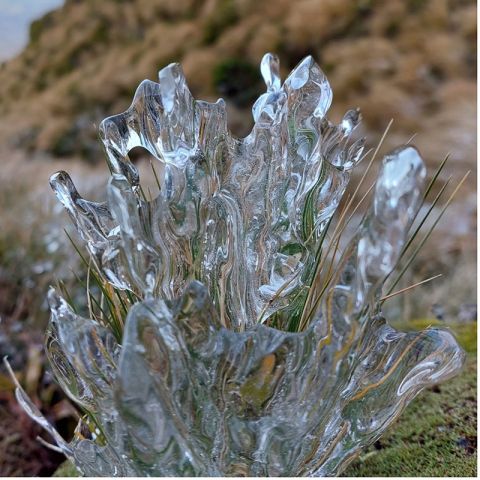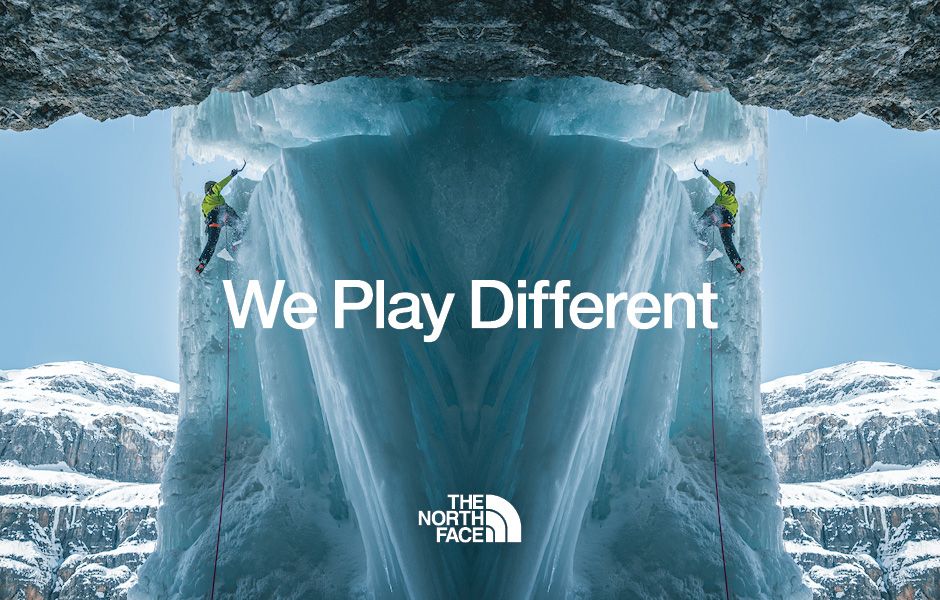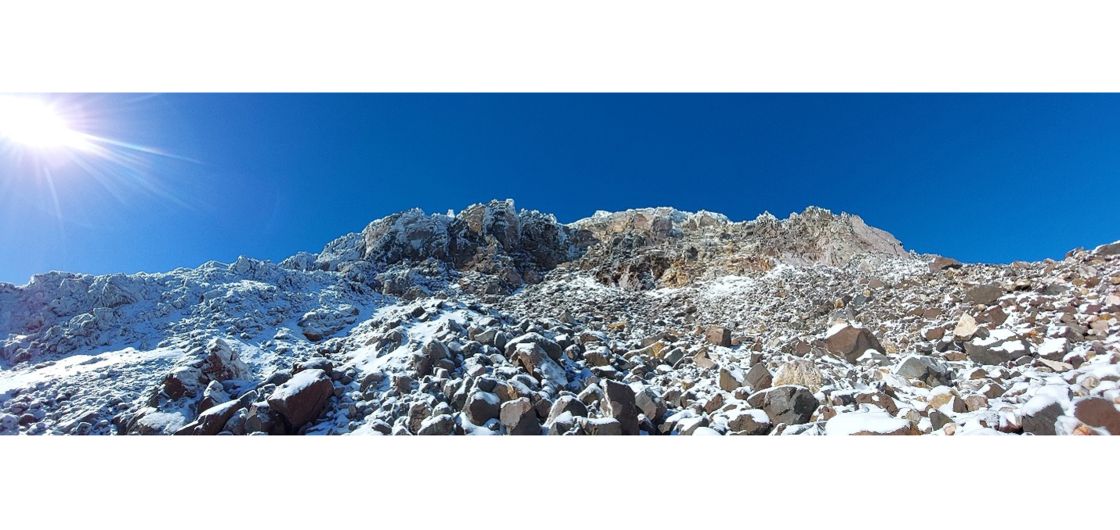
Taranaki Maunga Change Of State
By Don Patterson
It’s that time of year when days get shorter, the temperature drops, and the weather is as un-predictable as ever. Taranaki Maunga is saying loud and clear 'stay away unless you really know your stuff'.
Movement on Taranaki from now on requires good judgment, skill, experience, and the right gear used effectively.
Always prepare for an extended stay and even an unintentional night out.
Be prepared for a weather change, from a hot sunny scorcher, to sub-zero freezing fog with gale winds.
Treat this mountain like no other. It’s icier, more continuously steep, slopes often terminate with a cliff, and it changes like a chameleon.
Plan a turn-around time, a Plan B, and an escape plan
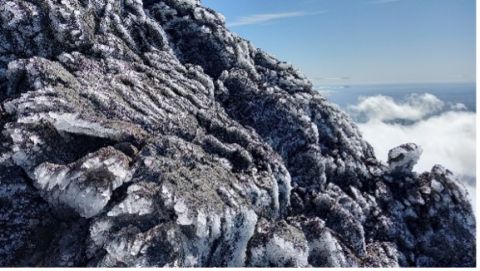
Carry, and be trained with
- Crampons - 'microspikes' are a bad mistake
- Crampon-compatible boots. Leave the soft footwear in the car
- Ice axe
- Helmet
- Headlamp
- Map (a phone app works well if you have unlimited battery life)
- Personal first aid kit
- Prior knowledge or research
The following is just a variation of a recurring scenario.
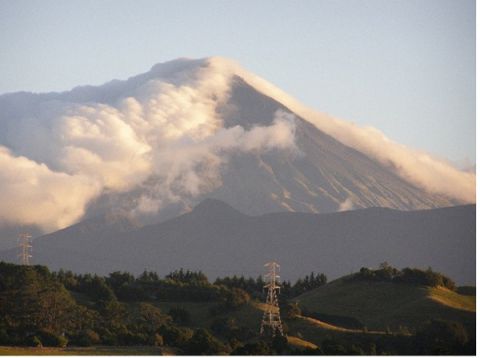
In mid-March this year there was a rescue of a fairly competent outdoorsy person who may have thought the white stuff on top was fluffy snow. Unfortunately, the day before, half of the mountain was cloaked with an attractive orographic cloud, driven by a cold south-easterly wind (see photo to the right).
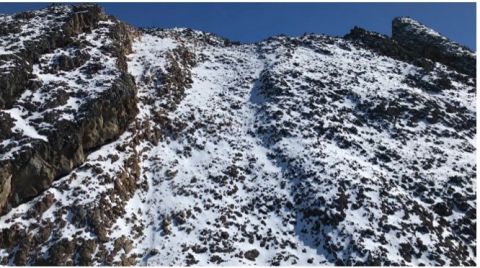
When it cleared, there was a good covering of rime ice on the south-east flank, disguised as snow from a distance. This climber shared a pair of elasticated micro spikes with his partner. Descending on an unusual route, he fell. The outcome was incredibly lucky, given he tumbled 100m (see photo showing the fall zone) and survived to be picked up by the Alpine Cliff Rescue team. The last rescue from there was a recovery.
So, a little about this Maunga. In autumn, the scree which we all love to hate on the way up can be even more of a problem. The dampness freezes solid, and the scree is now like a steep concrete slab with a scattering of loose stones on top. Traveling without crampons is a poor choice, but wearing them will damage them for sure.
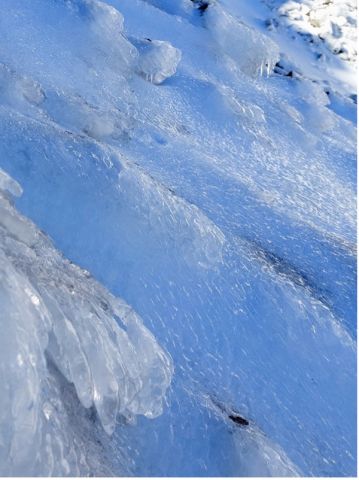
Rime sometimes covers the whole mountain, sometimes only certain aspects or altitudes. Sometimes pointing up, down, or sideways like skateboards. Early on, it partially covers rocks, sometimes glazes the little patches of snow between the rocks. A slight change in aspect can alter the surface from easy running shoe penetration to ice where crampon points barely scratch the surface. As the sun warms the freshly rimed rock after a storm, chunks the size of bowling balls or larger tumble at speed.
Taranaki Maunga has a reputation as being dangerous and many people have not made it home at the end of the day. For me, it’s not the mountain that is dangerous, it has a personality and demands respect. It’s consistently changing, but fairly predictable to those that listen to it speak. It will usually offer hints about the appropriateness of your route, your gear, or your presence. This ‘voice’ should be heeded, and decisions made accordingly.
Heuristic traps are often a cause for poor decisions. These are when the simple rules we use for making good judgement calls are influenced by factors not relevant to the actual hazards
- Familiarity: If I’ve done it before then it’s what I should do now.
- Conformity: If someone I like is doing it then it’s what I should do to be accepted.
- Commitment: I should remain consistent with my prior opinions and actions.
- Expert Halo: If an expert believes it then it’s what I should believe.
- Social Proof: If people like me are doing it then it’s what I should do.
- Scarcity: If something is scarce then I should desire it.
More advice
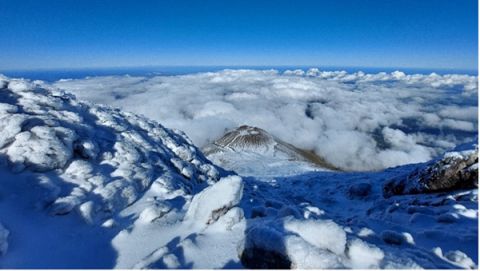
• If you’re lost or unsure of your location—stop. Continuing to move when unsure is only digging yourself deeper into a hole.
• Consider having one person in your group track your path using a GPS or phone app. It’s much easier to backtrack in poor visibility if you know where you came from.
• If you’re unsure or uncomfortable on the way up, it will be much worse coming down—consider a turn around time.
• The snow may seem soft on the way up, but it can lock up ('freeze') in less than 30 minutes. Without crampons, you may be stranded at elevation with no way to move up or down.
• Wear your helmet—especially when above the snowline.
• If truly out of your depth and feeling at risk, your best bet is to wrap up warm, sit down, activate your PLB and call 111
